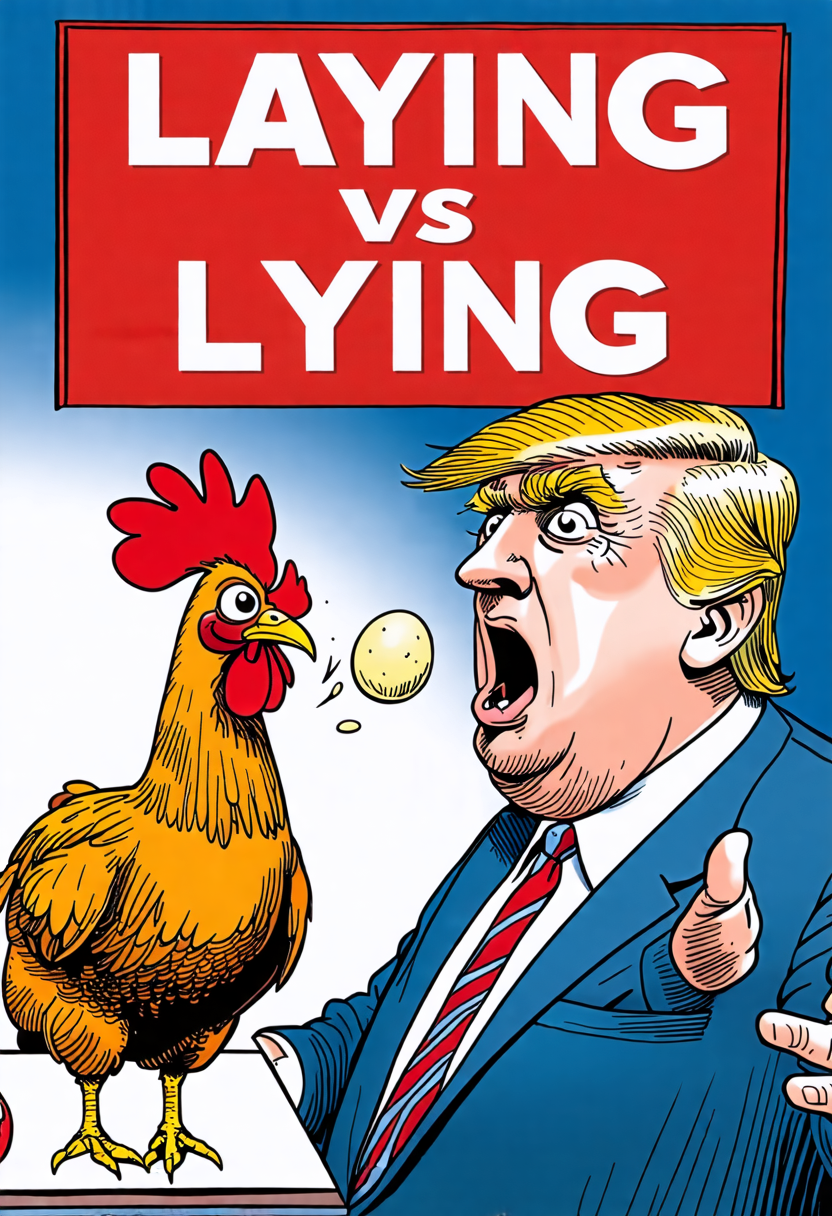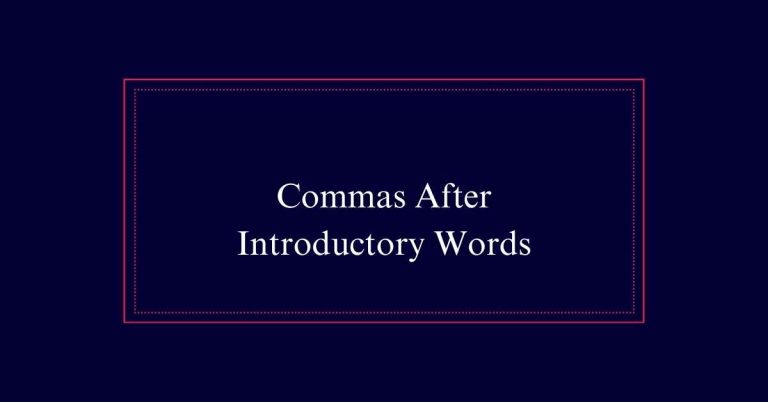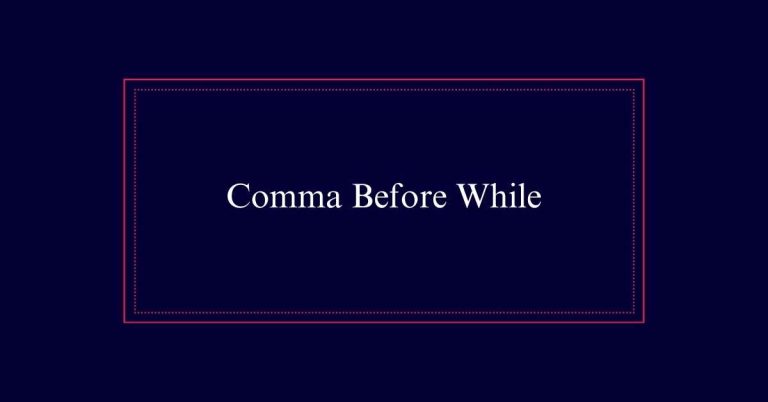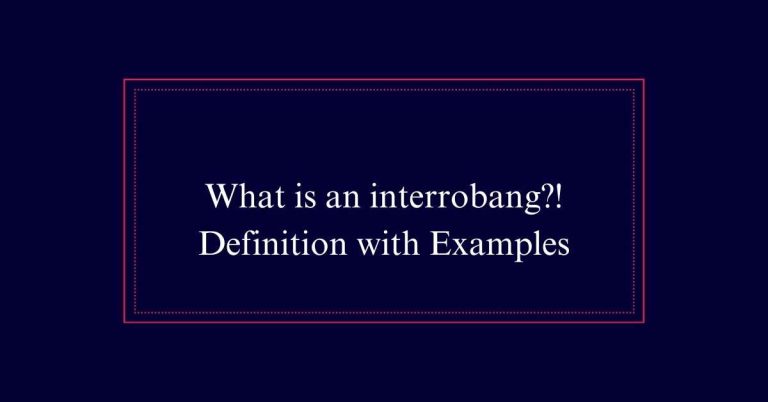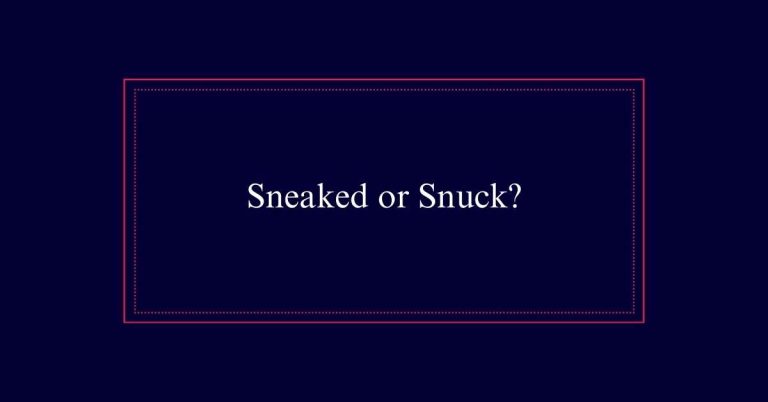Laying Vs. Lying
The difference between “lay” and “lie” depends on their need for a direct object. “Lay” is transitive, meaning it requires a direct object. For example, “I lay the book on the table.” The past tense of “lay” is “laid.” In contrast, “lie” is intransitive and does not need a direct object. For example, “I lie down every afternoon.” The past tense of “lie” is “lay,” and its past participle is “lain.”
Lay Vs. Lie: Key Differences
Understanding the difference between ‘lay’ and ‘lie’ is crucial for clear and accurate communication.
‘Lay’ is a transitive verb, meaning it requires a direct object. For example, you lay a book on the table. The action is being done to something.
In contrast, ‘lie’ is an intransitive verb that does not need a direct object. You lie down on the bed. The action is done by the subject itself.
The past tense of ‘lay’ is ‘laid,’ while the past tense of ‘lie’ is ‘lay.’ For instance, ‘Yesterday, I laid the keys on the counter,’ versus ‘Yesterday, I lay down for a nap.’
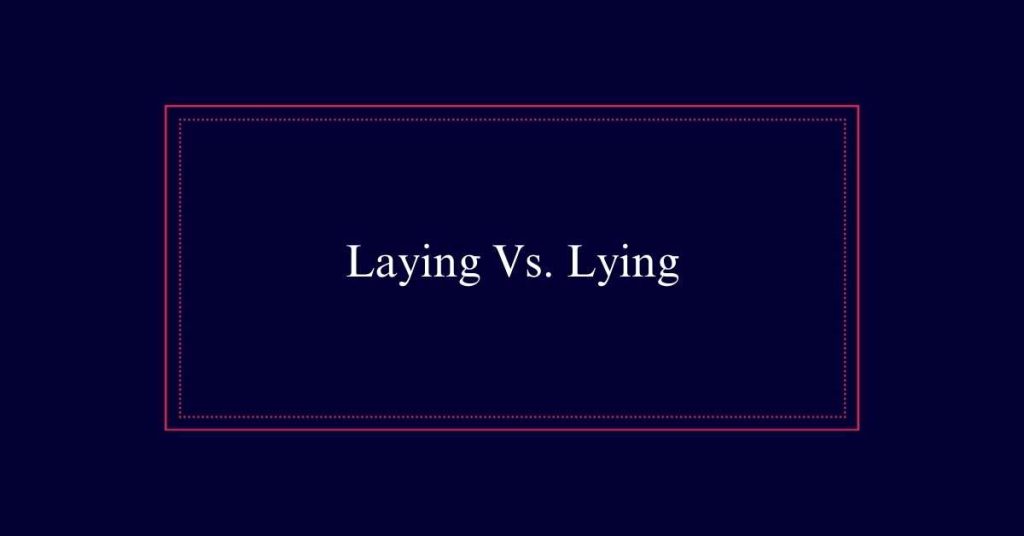
Understanding ‘Lie’
‘Lie’ is a versatile verb that can mean to recline or to tell a falsehood. When used to indicate reclining, ‘lie’ is an intransitive verb, meaning it does not require a direct object.
For example, ‘I lie down when I am tired.’ The past tense of ‘lie’ in this scenario is ‘lay,’ as in ‘Yesterday, I lay on the couch.’
Conversely, ‘lie’ can also mean to speak untruthfully. In this situation, it remains an intransitive verb. An example sentence is, ‘He decided to lie about his whereabouts.’
Understanding ‘Lay’
On the other hand, ‘lay’ is a transitive verb that requires a direct object to complete its meaning. It means to place something down in a resting position.
Here are some key points to understand ‘lay’:
- Direct Object Requirement: ‘Lay’ always necessitates an object. For example, ‘I lay the book on the table.’
- Present Tense: In the present tense, ‘lay’ refers to the act of placing something. Example: ‘Please lay the keys here.’
- Past Tense: The past tense of ‘lay’ is ‘laid.’ Example: ‘Yesterday, I laid the documents on your desk.’
- Usage in Sentences: Common uses include: ‘The hens lay eggs daily’ and ‘He lay the map on the floor.
‘Lay’ Requires a Direct Object
To use the verb ‘lay’ correctly, one must always include a direct object in the sentence. This means that ‘lay’ requires something to act upon.
For example, in the sentence ‘I lay the book on the table,’ ‘the book’ is the direct object being placed. Without a direct object, the sentence would be incomplete and grammatically incorrect.
Another example is, ‘She lays the blanket on the bed,’ where ‘the blanket’ serves as the direct object. The key to using ‘lay’ correctly is to remember it involves placing or setting down something specific.
‘Lie’ as Intransitive Verb
An intransitive verb does not require a direct object to complete its meaning. The verb ‘lie’ is a prime example of this. When you use ‘lie,’ it means to recline or rest in a flat position.
Here are some points to remember:
- No Direct Object Needed: Unlike ‘lay,’ ‘lie’ stands alone in a sentence.
- Example: ‘I lie down every afternoon.’
- Present Participle: The present participle of ‘lie’ is ‘lying.’ Example: ‘The cat is lying on the couch.’
- Common Error: Mixing up ‘lie’ and ‘lay’ is a frequent mistake. Remember, ‘lie’ does not take an object.
Past Tense of ‘Lay’ Is ‘Laid’
While ‘lie’ remains an intransitive verb, ‘lay’ requires a direct object and has ‘laid’ as its past tense. This means that ‘lay’ needs something to act upon.
For instance, you might lay a book on a table. When you describe this action in the past, you say you ‘laid’ the book on the table. This distinction is important for correct grammar usage.
The confusion often arises because ‘lay’ and ‘lie’ sound similar, but their grammatical roles differ. ‘Lay’ takes a direct object, while ‘lie’ does not.
Remembering that the past tense of ‘lay’ is ‘laid’ helps maintain clarity in writing and speech. This simple rule can make your communication more precise.
Examples of Using ‘Lay’
In order to clarify the use of ‘lay,’ let’s examine a few practical examples. Remember, ‘lay’ requires a direct object, meaning you must be laying something down.
Here are some illustrative sentences:
- I lay the book on the table.
- Here, ‘book’ is the direct object being laid down.
- She lays the blanket on the bed each morning.
- ‘Blanket’ is the direct object in this sentence.
- Please lay the keys on the counter.
- The ‘keys’ are the direct object being placed.
- They laid the groundwork for the project.
- ‘Groundwork’ serves as the direct object.
Examples of Using ‘Lie’
Let’s explore how to use ‘lie’ correctly in various contexts. ‘Lie’ is an intransitive verb, meaning it doesn’t require a direct object.
When referring to reclining, use ‘lie’:
‘I will lie down after lunch.’
‘Lie’ can also mean to tell a falsehood:
‘He tends to lie when he’s nervous.’
The past tense of ‘lie’ (to recline) is ‘lay’:
‘Yesterday, I lay on the couch.’
For present continuous, use ‘lying’:
‘The cat is lying on the bed.’
Note that ‘lying’ can also mean telling a falsehood:
‘She is lying about her whereabouts.’
Laying’ Vs. ‘Lying
Distinguishing between ‘laying’ and ‘lying’ is crucial for proper grammar usage. The present participle of ‘lay’ is ‘laying,’ which necessitates a direct object. In contrast, ‘lying’ is the present participle of ‘lie,’ which does not require a direct object.
To clarify:
- Laying: Setting something down. Example: ‘She is placing the book on the table.’
- Lying: Reclining or being in a flat position. Example: ‘He is resting on the couch.’
- Laying: Always involves an object. Example: ‘They are positioning the bricks.’
- Lying: Does not involve an object. Example: ‘The dog is resting in the sun.’
Tips and Additional Examples
To further enhance your understanding, here are some tips and additional examples for using ‘laying’ and ‘lying’ correctly. Remember, ‘laying’ requires a direct object, while ‘lying’ does not.
For example, ‘She is laying the book on the table’ versus ‘He is lying on the couch.’ A helpful mnemonic is: you lay something down, but you lie down yourself.
To practice, consider these sentences: ‘The hen is laying eggs’ and ‘He was lying on the beach all day.’ Reviewing such examples from literary works can also aid in comprehension.
